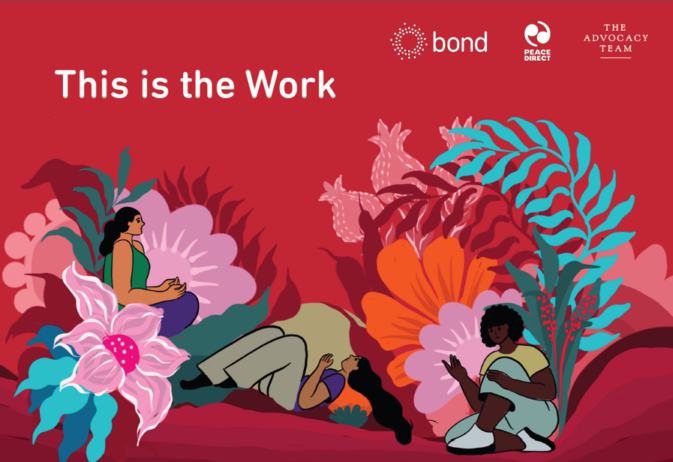5 brand trends for NGOs
Trends in branding and audience engagement are constantly in flux. NGOs should always be evaluating and rethinking how to engage with their audiences if they want their brand to stay relevant and memorable in a competitive environment.
Several organisations and publications recently published their predicted brand trends for 2018. Although these are geared towards the private sector and consumer audiences, we should consider the implications and opportunities for the international development sector.
Here are five trends to get you thinking and stimulate ideas for developing your brand, while growing your audience reach in 2018.
1. Showing an ethical purpose
The Digital Branding Institute found that 91% of millennials would switch their brands to ones that are associated with a good cause. They also noted a rise in what they call “purpose-driven marketing” by private sector brands to connect with consumers on an emotional level.
NGOs are already driven by ethical purposes and should have already put this ethos at the core of their brands. But this trend in the private sector is an opportunity for NGOs to consider partnering with businesses to better achieve their goals. For example, the International Rescue Committee and Ben & Jerry’s partnered on a joint campaign to advocate for European legislation around supporting refugees.
2. Being transparent
The notion of transparency may not be new to those working in international development, but consumers and donors are demanding more transparency. They want to know where their money goes, how their products are made and what they fund. Some commercial brands have gone as far as showing their production chains and costs, such as the Everlane fashion brand and H&M’s Arket label.
Subscribe to our newsletter
Our weekly email newsletter, Network News, is an indispensable weekly digest of the latest updates on funding, jobs, resources, news and learning opportunities in the international development sector.
Get Network NewsSome NGOs are already demonstrating transparency in their communications. Oxfam’s My Oxfam app provides people with regular updates on its work and allows public donors to track where their donations go. At a time when public trust in charities is low, explaining your costs and showing where your money goes can help rebuild trust in our sector.
3. Demonstrating authenticity
In today’s saturated landscape of stylised branding, people are looking for authentic connections with brands. More brands are realising that they need to be more human and authentic if they want to build loyalty with their customers and supporters. Research into consumer behaviour shows that many people perceive brands similarly to how they perceive people ‚Äì like humans with their own personality, characteristics, predilections and values.
Brands like McCain and Iceland have used real people in their advertising to achieve positive results. Video is an exciting way for NGOs to present the more human sides of their brands. Using footage or photographs of real people taken by real people can really humanise your brand. Anthony Nolan used videos and photographs shot by the parents of a three-year-old girl with blood cancer to get 50,000 people to join the charity’s blood register.
4. Embracing digital influencers
71% of consumers say they are more likely to make a purchase based on social media references, according to the Influencer Orchestration Network. Many charities have already embraced the rise of social media influencers to build popular advocates for their brands, messages and causes.
ONE joined up with popular vlogger Tanya Burr for its Poverty is Sexist campaign, amplifying the campaign’s message to 2.5 million of Butt’s followers free of charge. Mental health charity Mind teamed up with YouTube star Zoella, who spoke about her own struggles with anxiety to her 11 million subscribers. The key to getting your influencer marketing right is finding an ambassador for your brand whose interests and profile already align with your organisation’s work.
5. Going virtual reality
Virtual reality (VR) is being touted as the definitive experience for engaging audiences, with the UN dubbing it the “ultimate empathy machine”. 48% of people who view charity content in VR are likely to donate to the cause they experience, according to Facebook. VR headset purchases are increasing, the Google Cardboard is making VR more accessible and even the BBC has set up a VR hub to take audiences on new journeys.
Though many NGOs are hesitant to invest in this new, costly medium, some have achieved positive results. Greenpeace used VR headsets at Glastonbury to encourage charity sign-ups and developed a VR app to enable people to explore geographical areas that are in danger. The National Autistic Society designed a 360 video to let people experience the complexities that children with autism experience in their everyday life.
Join the Bond Communications Group to discuss challenges and best practice in communications, branding and marketing for NGOs.
Get the latest inisghts and tips on engaging with public audiences on our public support hub.
Category
News & views



